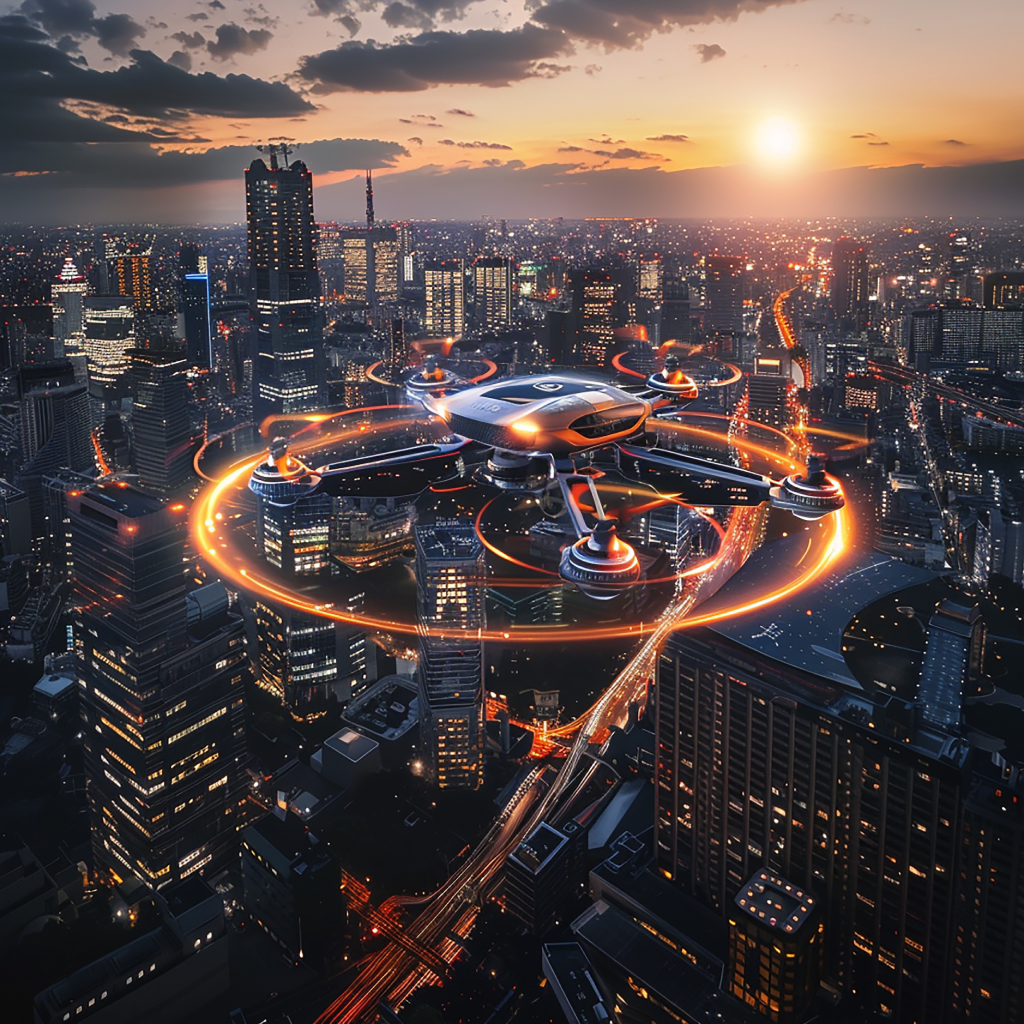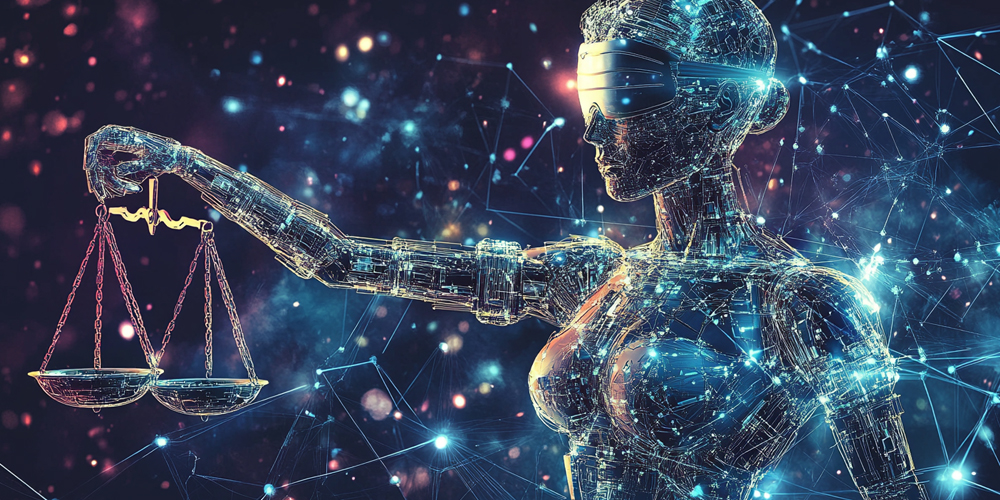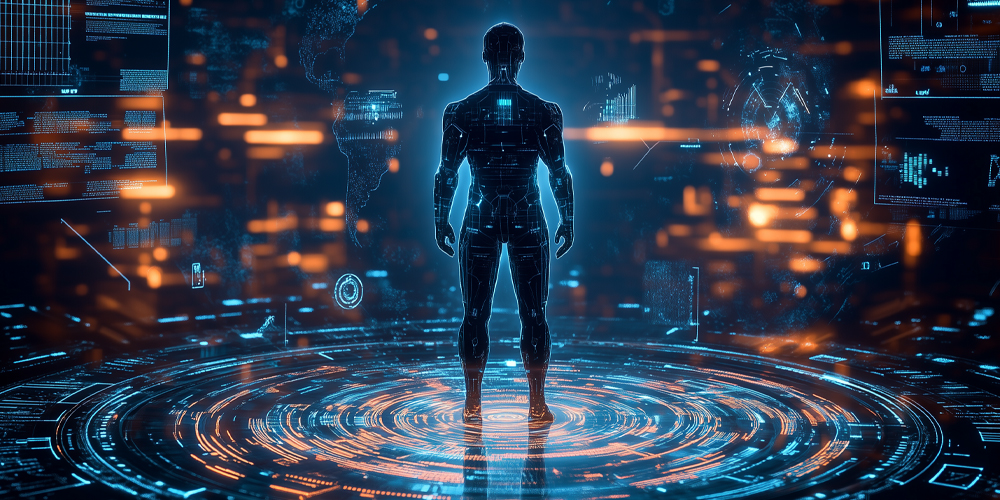How AI Is Shaping the Future of Smart Cities
The concept of smart cities has evolved significantly over recent years. With the rise of artificial intelligence (AI), urban environments are transforming into more efficient, sustainable, and responsive places to live. This article delves into how AI is driving this change, the latest advancements, and what the future holds for smart cities.
What is a Smart City?
A smart city integrates technology and data to enhance the quality of life for its residents. AI plays a crucial role in this transformation. By leveraging data and machine learning, cities can optimize various functions, from traffic management to energy consumption.
The Role of AI in Smart Cities
Artificial Intelligence is at the heart of many smart city initiatives. Here’s how AI is making a difference:
1. Traffic Management
AI-powered traffic systems are revolutionizing urban transportation. By analyzing real-time traffic data, AI algorithms can optimize traffic lights, reduce congestion, and enhance overall traffic flow. For example, IBM’s Traffic Management System uses AI to predict traffic patterns and adjust signals accordingly.
2. Energy Efficiency
AI helps cities manage energy more effectively. Smart grids use AI to monitor and control electricity distribution. This reduces waste and lowers costs. Enel X is a leader in this space, utilizing AI to balance energy supply and demand efficiently.
3. Public Safety
AI enhances public safety through surveillance systems and predictive policing. By analyzing data from cameras and sensors, AI can detect unusual activities and alert authorities. ShotSpotter is an example of AI used to detect gunshots in real-time.
4. Waste Management
Smart waste management systems use AI to optimize garbage collection routes and schedules. Bigbelly is a company that offers AI-powered waste bins, which notify municipal services when they are full, improving collection efficiency.
5. Environmental Monitoring
AI helps monitor environmental conditions, such as air quality and noise pollution. AirVisual uses AI to provide real-time air quality data, helping cities take proactive measures to address pollution.
Recent Advancements in AI for Smart Cities
Several recent advancements are pushing the boundaries of what AI can achieve in smart cities.
1. Edge Computing
Edge computing brings data processing closer to the source, reducing latency. This is crucial for real-time applications, such as autonomous vehicles and smart traffic systems. NVIDIA’s Jetson platform is leading the way in edge AI solutions.
2. 5G Technology
The rollout of 5G networks is a game-changer for smart cities. With higher speeds and lower latency, 5G enables more effective AI applications. For instance, Qualcomm is developing 5G solutions that support AI-driven smart city applications.
3. AI-Driven Urban Planning
Urban planning is becoming more data-driven with AI. Tools like CityFormLab’s Urban Network Analysis help planners design more efficient and livable urban spaces by analyzing data on movement patterns and land use.
Case Studies of AI in Smart Cities
1. Singapore
Singapore is a global leader in smart city innovations. The Smart Nation initiative utilizes AI for various applications, including traffic management and public safety. NEA’s AI-powered environmental sensors monitor air quality and weather conditions.
2. Barcelona
Barcelona has integrated AI into its smart city strategy with smart lighting and intelligent parking solutions. The city’s IoT sensors gather data to optimize lighting and parking, improving energy efficiency and reducing congestion.
3. New York City
New York City employs AI for traffic management and public safety. The NYC DOT uses AI to analyze traffic patterns and optimize signal timings. NYC311 leverages AI to handle citizen requests more efficiently.
Challenges and Considerations
While AI offers numerous benefits, there are challenges to address.
1. Data Privacy
The use of AI in smart cities raises concerns about data privacy. Ensuring that data is handled securely and ethically is crucial. Cities need to implement robust data protection measures.
2. Equity and Accessibility
AI should be used to benefit all residents, not just certain groups. Ensuring that smart city technologies are accessible and equitable is essential to avoid exacerbating social inequalities.
3. Cybersecurity
With increased data collection, cybersecurity becomes a critical issue. Protecting smart city infrastructure from cyberattacks is vital to maintain safety and trust.
The Future of AI in Smart Cities
Looking ahead, AI will continue to shape the future of smart cities. Emerging technologies and ongoing advancements will drive further innovation.
1. Increased Integration
We can expect more integrated systems that combine various AI applications for a seamless smart city experience. Multi-modal transportation solutions, combining autonomous vehicles and smart public transit, are on the horizon.
2. Enhanced Personalization
AI will enable more personalized experiences for residents. From tailored public services to customized urban spaces, smart cities will offer more individualized solutions.
3. Sustainable Development
Sustainability will be a key focus. AI will help cities achieve environmental goals by optimizing resource use and reducing emissions.
Conclusion
AI is revolutionizing the way we think about and experience urban living. From traffic management to energy efficiency, AI applications are making cities smarter, more efficient, and more sustainable. As technology continues to advance, the future of smart cities looks promising, with AI playing a central role in shaping that future.
Smart cities are not just a vision for the future; they are becoming a reality, thanks to the power of AI. As cities continue to innovate and adapt, we can expect even more exciting developments in the years to come.
For the latest updates and insights on smart cities and AI innovations, visit minorblog.com.






